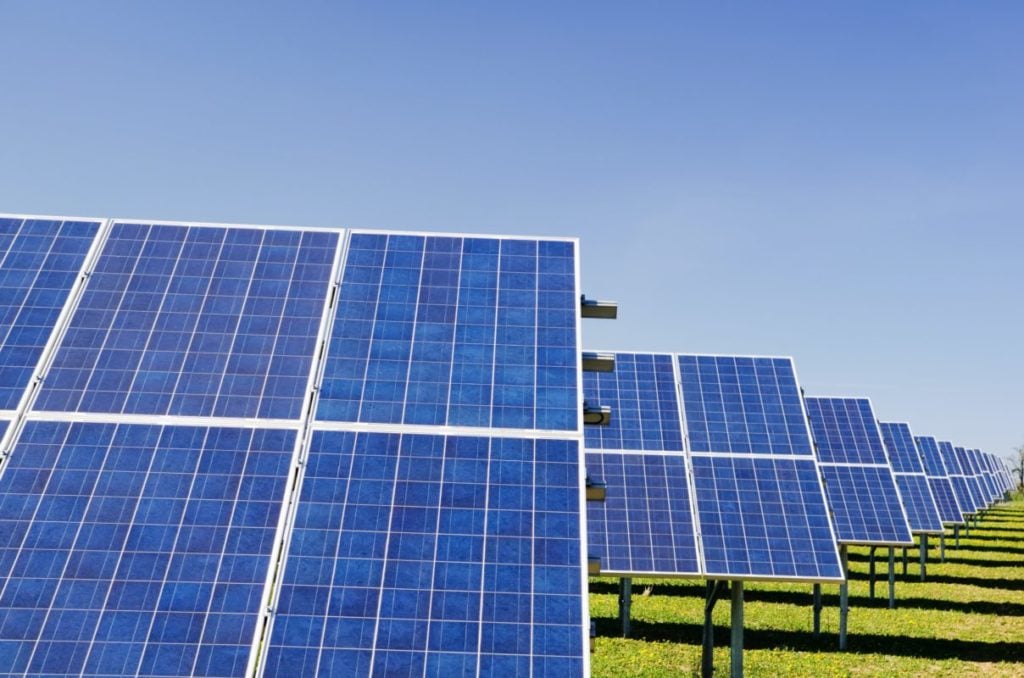
Solar cell manufacturer Suniva has unveiled the restart of its manufacturing operations with up to 2.5GW of monocrystalline silicon solar cells in Georgia, US.
Production is expected to begin in Spring 2024 for the first phase of the expansion which will have an annual capacity of 1GW, before increasing it to 2.5GW of solar cells.
Unlock unlimited access for 12 whole months of distinctive global analysis
Photovoltaics International is now included.
- Regular insight and analysis of the industry’s biggest developments
- In-depth interviews with the industry’s leading figures
- Unlimited digital access to the PV Tech Power journal catalogue
- Unlimited digital access to the Photovoltaics International journal catalogue
- Access to more than 1,000 technical papers
- Discounts on Solar Media’s portfolio of events, in-person and virtual
Or continue reading this article for free
Funding for the expansion has been secured through a US$110 million financing commitment from infrastructure investment firm Orion Infrastructure Capital (OIC), while the Georgia-based manufacturer secured a multi-year supply agreement of UFLPA-compliant wafers with an undisclosed company.
The company cited the Inflation Reduction Act (IRA) as a driver for the onshoring of domestic solar manufacturing, which would mark a comeback for Suniva after filing for Chapter 11 bankruptcy in 2017 due to an influx of cheaper solar panels from Asia undercutting domestic production.
After filing for bankruptcy, that same year, the company filed a trade complaint under Section 201 of the 1974 Trade Act, which ended up with former US President Donald Trump imposing a 30% tariff rate on modules and solar cells in January 2018.
“The Inflation Reduction Act and its Domestic Content provisions, as issued, provide a strong foundation for continued solar cell technology development and manufacturing in the United States,” said Cristiano Amoruso, CEO and board member at Suniva.
Since President Joe Biden passed into law the Inflation Reduction Act, there has been a flurry of solar manufacturing capacity, however the bulk of it has come for modules primarily.
Current domestic annual nameplate capacity for modules in the US is at 7GW, according to data from trade body the American Clean Power Association (ACP), while announced expansions or new facilities could bring the total to 62GW. Solar cells on the other hand have an existing or announced annual capacity of 35GW, and the numbers drop even further for ingots and wafers – which currently have no existing capacity in the US – with 10GW of announced capacity.
A little bit over a year later, there have been 65 new or expanded solar manufacturing facilities announced, with a cumulated 93GW of new solar modules, cells, trackers, wafers and balance of systems manufacturing capacity, according to data from ACP.
Announcements such as Suniva’s to build 2.5GW of solar cells are more scarce in the US, with only a few companies who have announced to build or expand manufacturing capacity with cells. Among them are Swiss-headquartered solar manufacturer Meyer Burger, which plans to build a 2GW solar cell plant in Colorado, while leaving on hold its expansion plans in Germany, and Qcells’ plan to establish a fully vertically integrated manufacturing supply chain with a 3.3GW ingot, wafer, cell and module plant in Georgia.
| Our publisher Solar Media is hosting the 10th Solar and Storage Finance USA conference, 7-8 November 2023 at the New Yorker Hotel, New York. Topics ranging from the Inflation Reduction Act to optimising asset revenues, the financing landscape in 2023 and much more will be discussed. See the official site for more details. |
